As we approach the solstice and the days reach their shortest, I think on the nights of the not so distant past when I hunted the skies, intent on shooting the moon.
In 2016, three years before starting Distant Era, I got my first professional camera. This is the camera I still use, the Canon EOS 5D Mk IV. One of the first things I did with this camera was that I tried to shoot the moon. I equipped the camera with a long (200 mm) lens and an extender to double that to 400 mm, and then every month I went outside to capture an image of the moon.
The moon fascinated me. Capturing the moon in detail—the texture, the light and dark areas, the craters, the shadow of the earth across its surface as the moon traveled through its phases—I’d never done this before with my own camera. How many times have any of us witnessed a gorgeous moon ascend the night sky and, longing to capture it, we’ve pulled out our cell phones or instant cameras and snapped away, only to see a bright, bleary dot appear on our screens where that magnificent moon hangs on the horizon? Achieving a crisp, textured photograph of the moon for the first time felt so satisfying.
The First Series
As the months progressed, I captured the moon at different times. I photographed it on an Indiana highway on a hazy night when the moon rose red as iron over the darkening fields. I photographed it in hues of rose and gold and silver. Once, I photographed it in the morning when the moon rose pale blue and white above Lake Michigan. Sometimes it was only a sliver, other times a crescent. I liked to imagine on some occasions it was “a ghostly galleon tossed upon a cloudy sea,” as the poet Alfred Noyes described it in his poem, “The Highwayman.” One day in 2017 I captured the moon as it passed across the face of the sun. Day turned into night. Cold and darkness covered the earth in a mid-afternoon mini apocalypse. Shooting the moon was never so thrilling as on that day.
This moon phase (pun intended) was perhaps the first series I made, the first time I deliberately produced a collection of images over a span of time and collected them together.
Phasing Out
In those days I photographed the moon because I could. Yet, after the eclipse of 2017, I felt I’d gone as far as I wanted photographing the heavens. I enjoyed collecting all those moons month after month, but I suppose after a certain point my photographs had spoken all I had to say about the moon. It was around this time that I fell in love with fantastical portraiture and stopped shooting the moon as I began to learn to shoot with flash. Besides, I had friends shooting the moon and other astral bodies in great detail through telescopes. I could enjoy their work without having to do it myself.
Every now and again I photograph a particularly beautiful moon for practice, though I don’t always edit or post them. Here’s a small selection of interesting moons from my moon-shooting days and the composite I created of my favorites, near the end of that time. If you’d like to take a closer look at those eclipse moons and how they were captured, check out that story and gallery here.
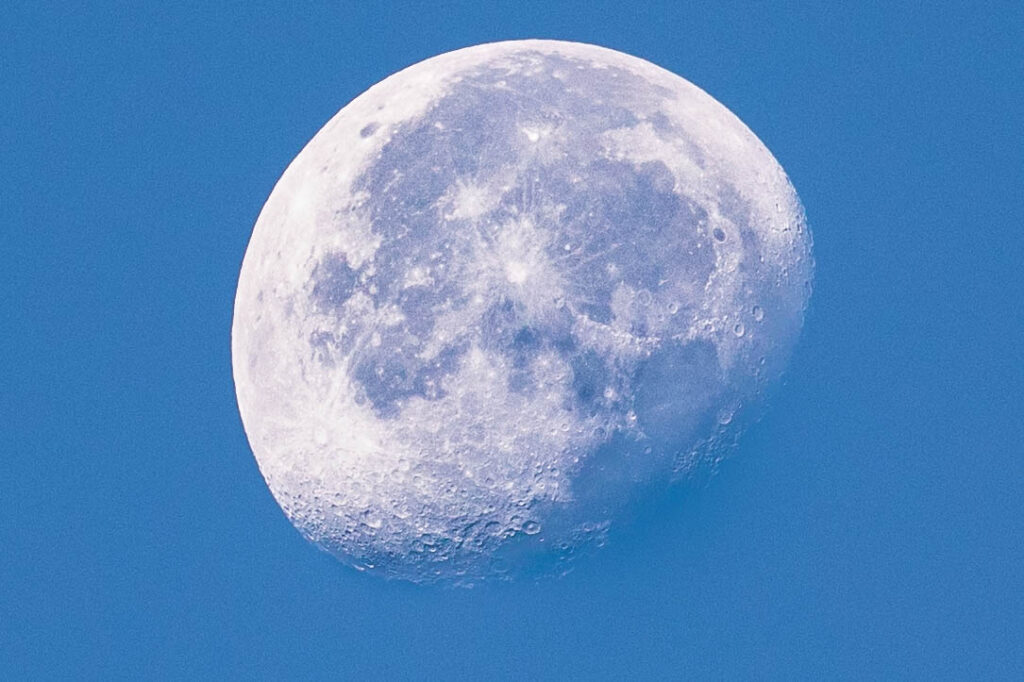
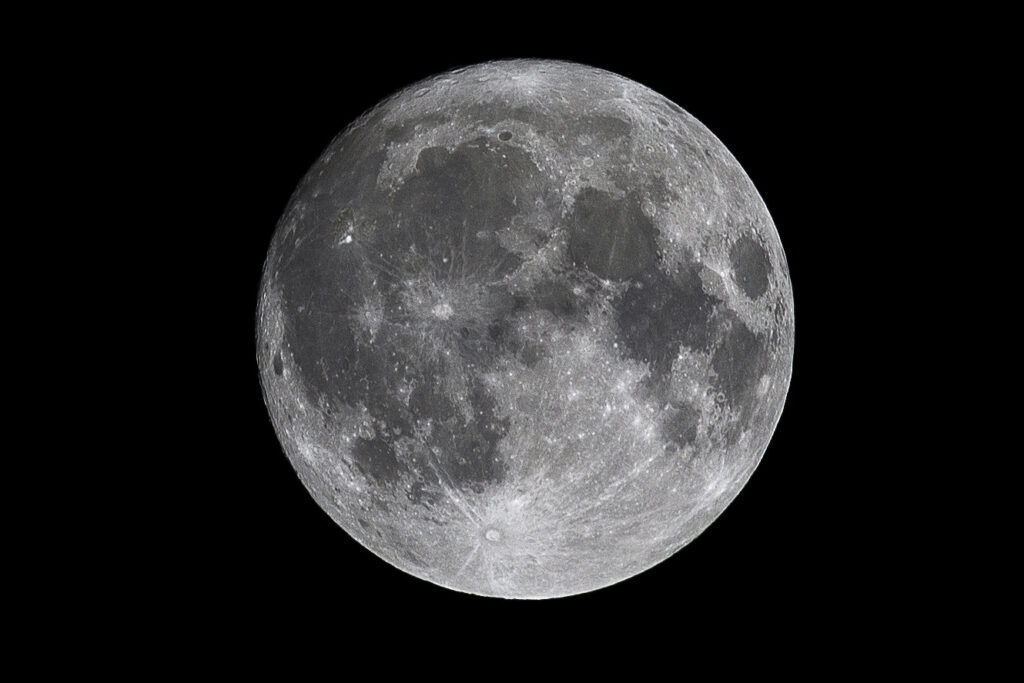
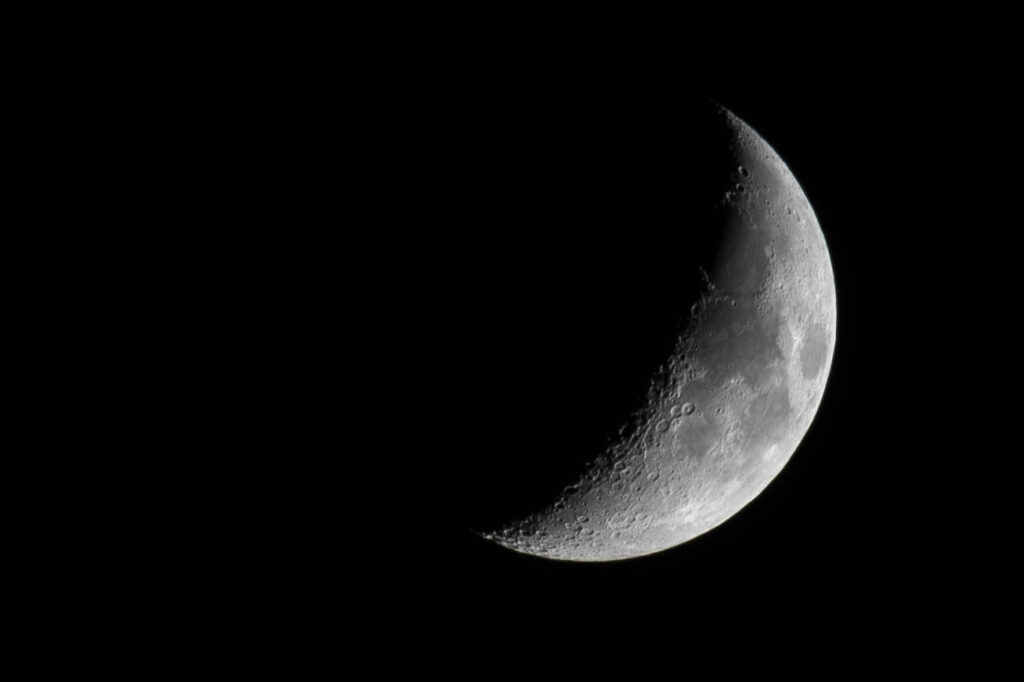
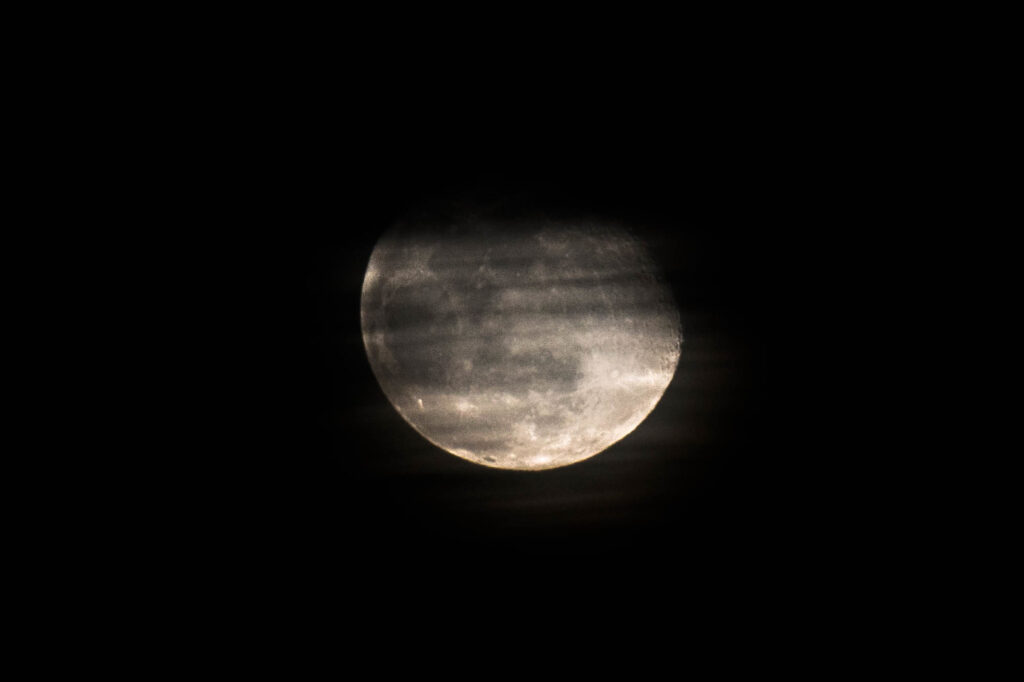

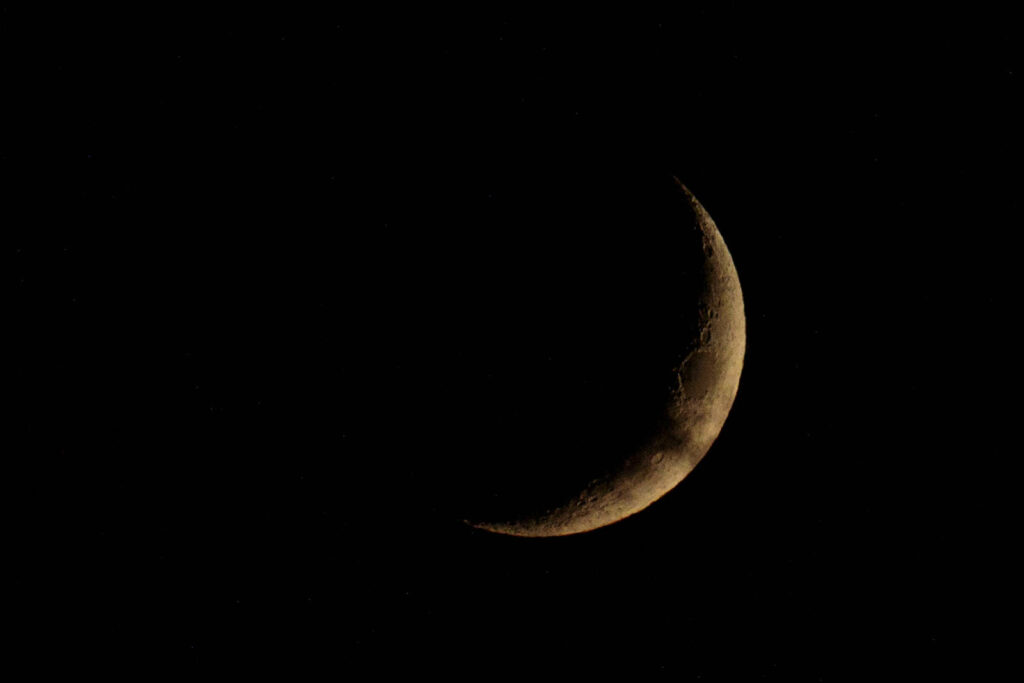
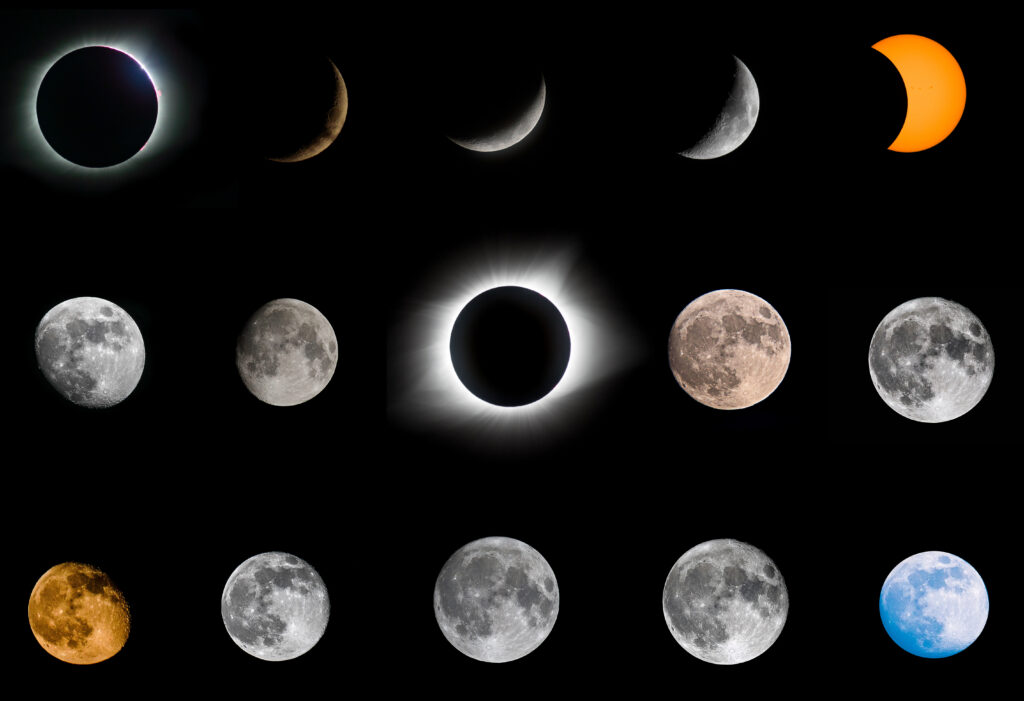

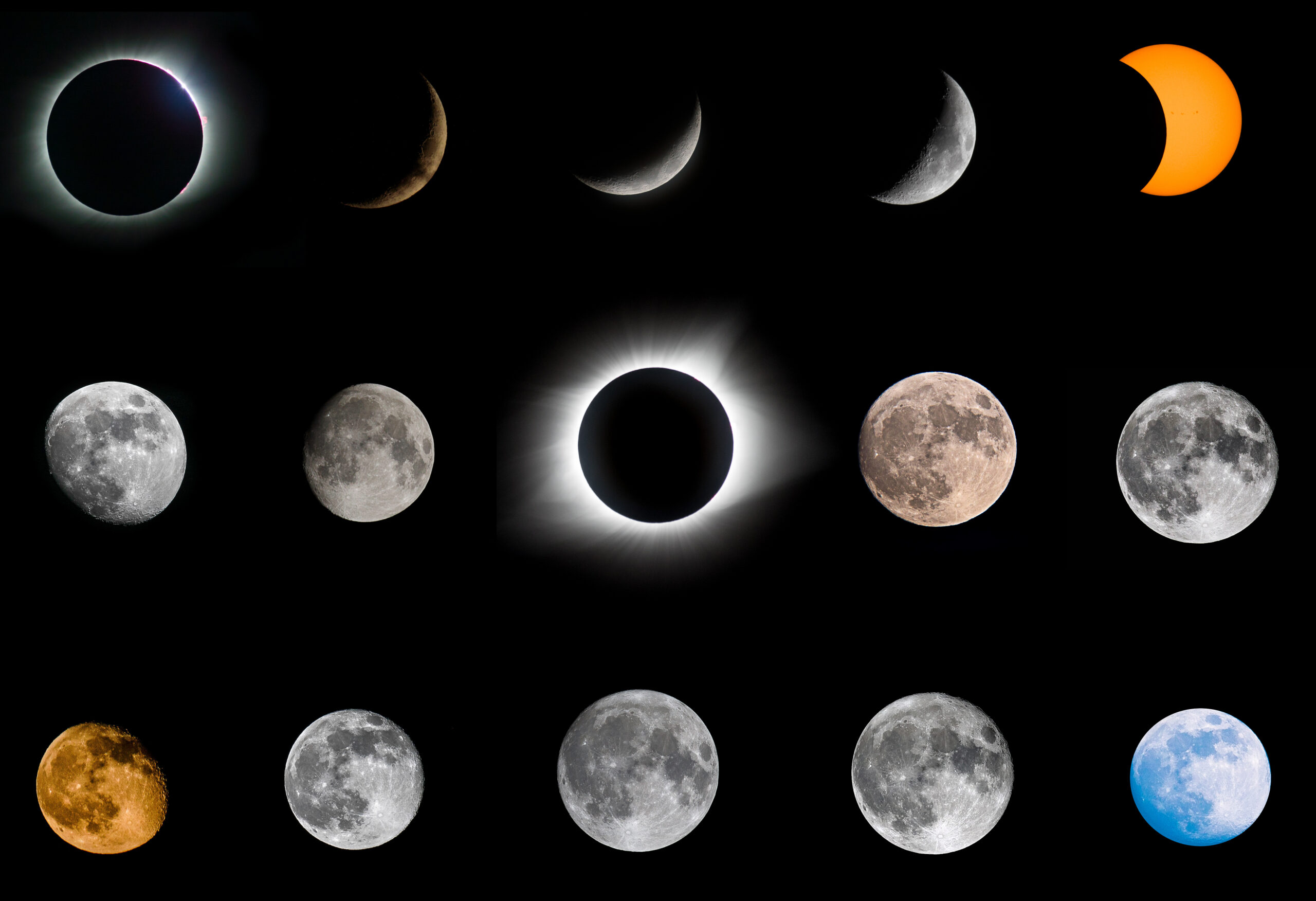
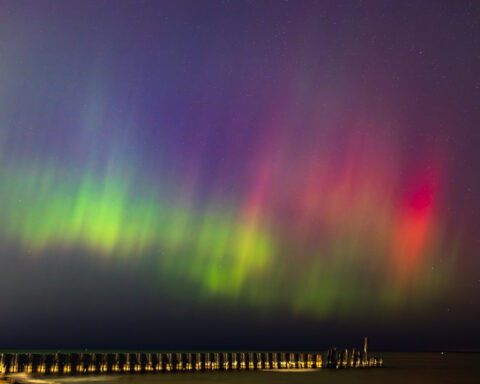
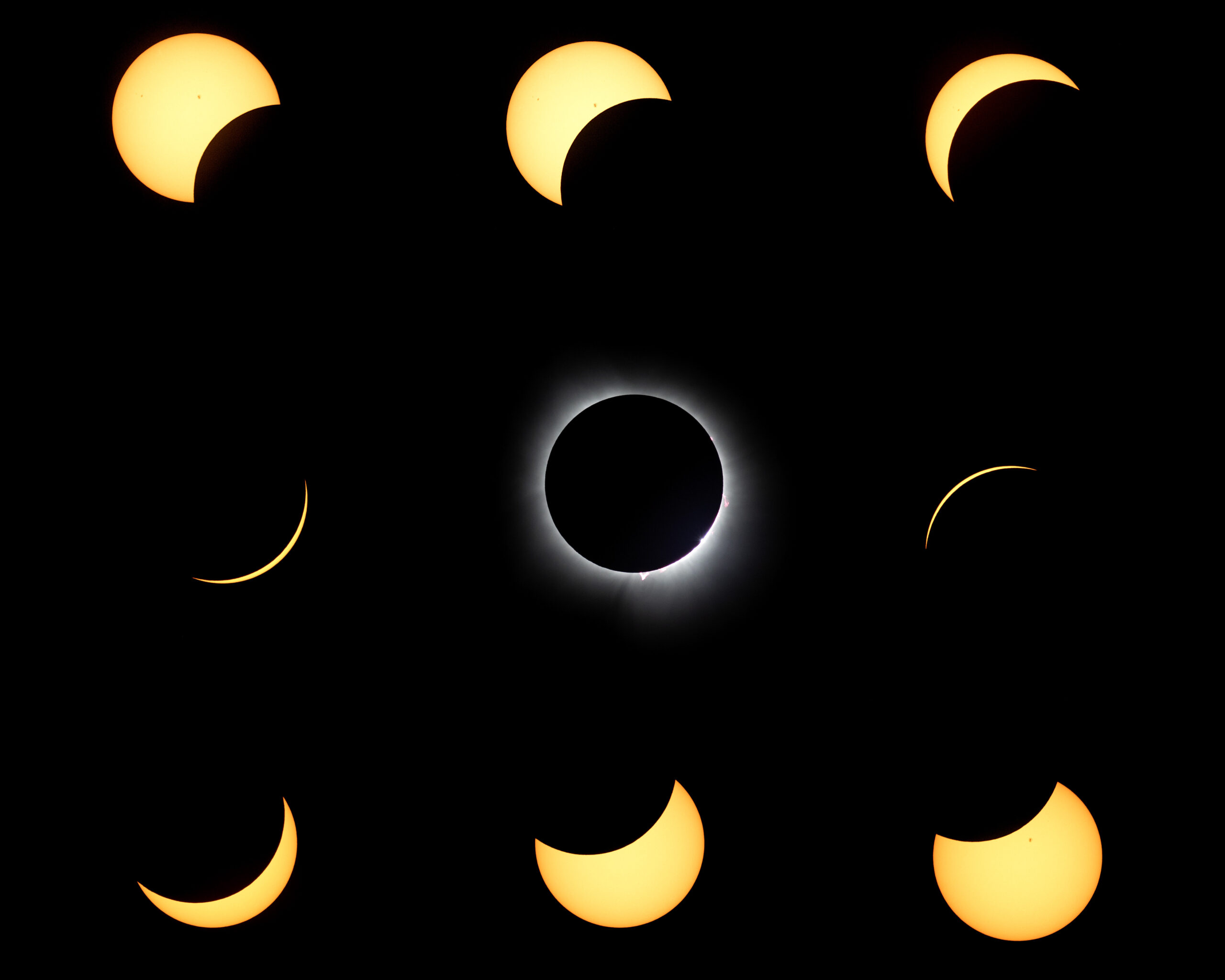
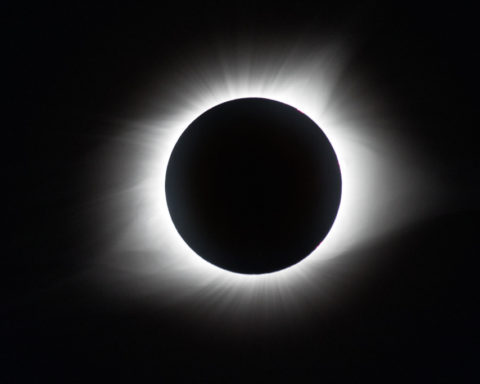
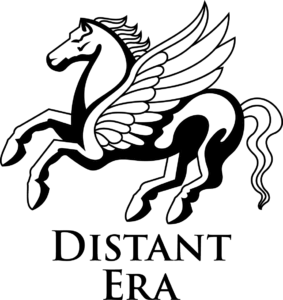
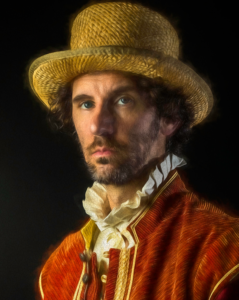

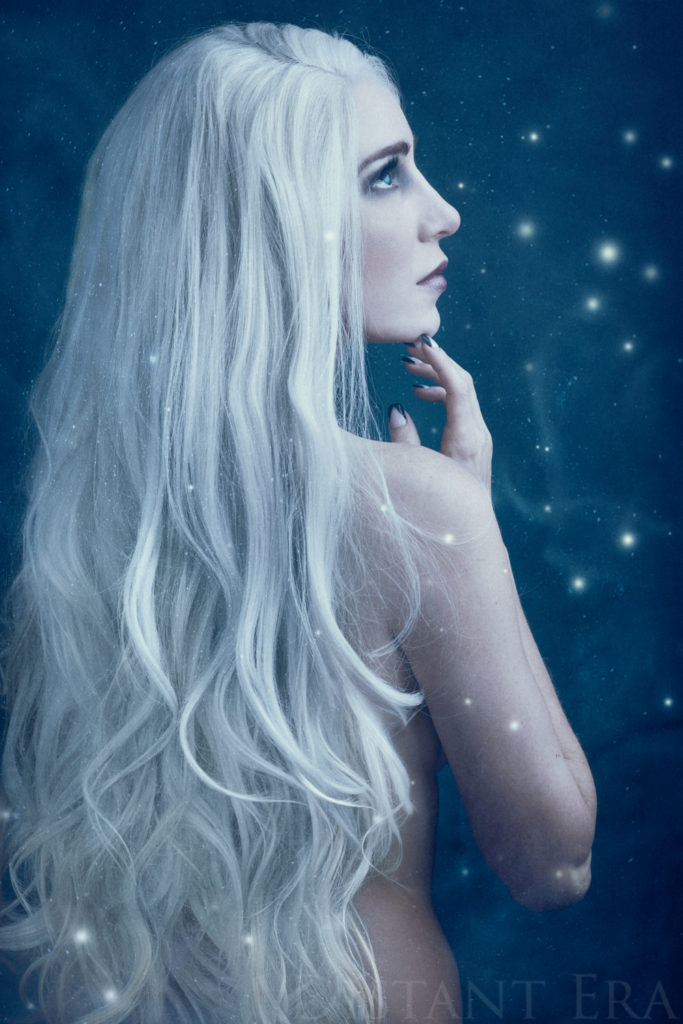
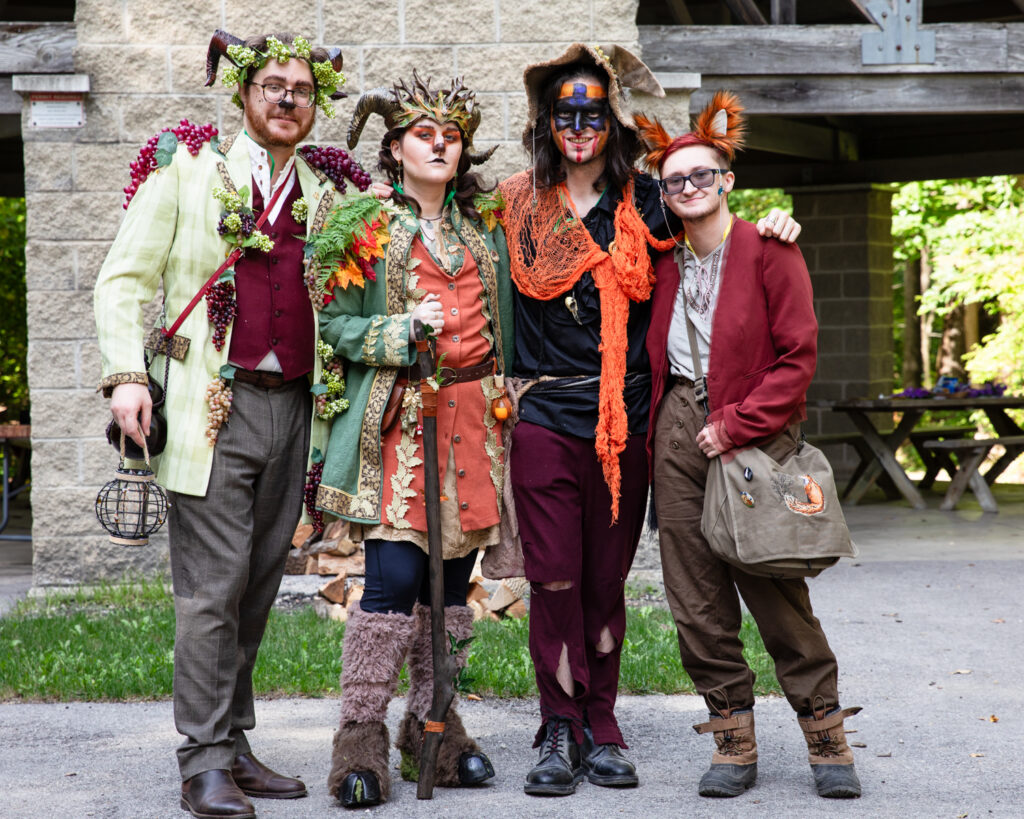
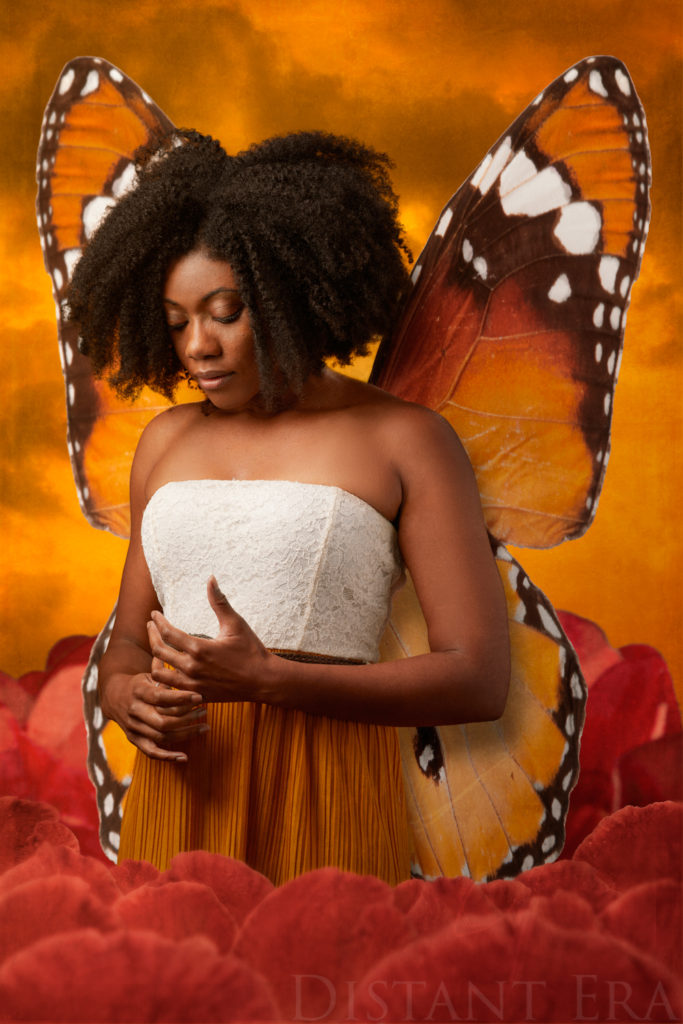
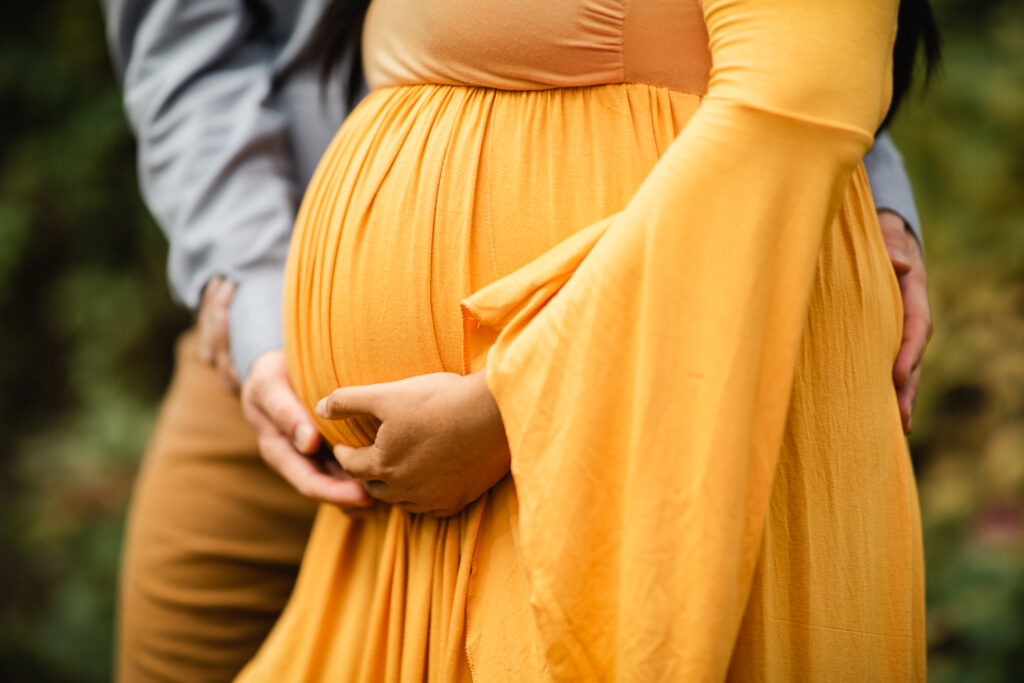
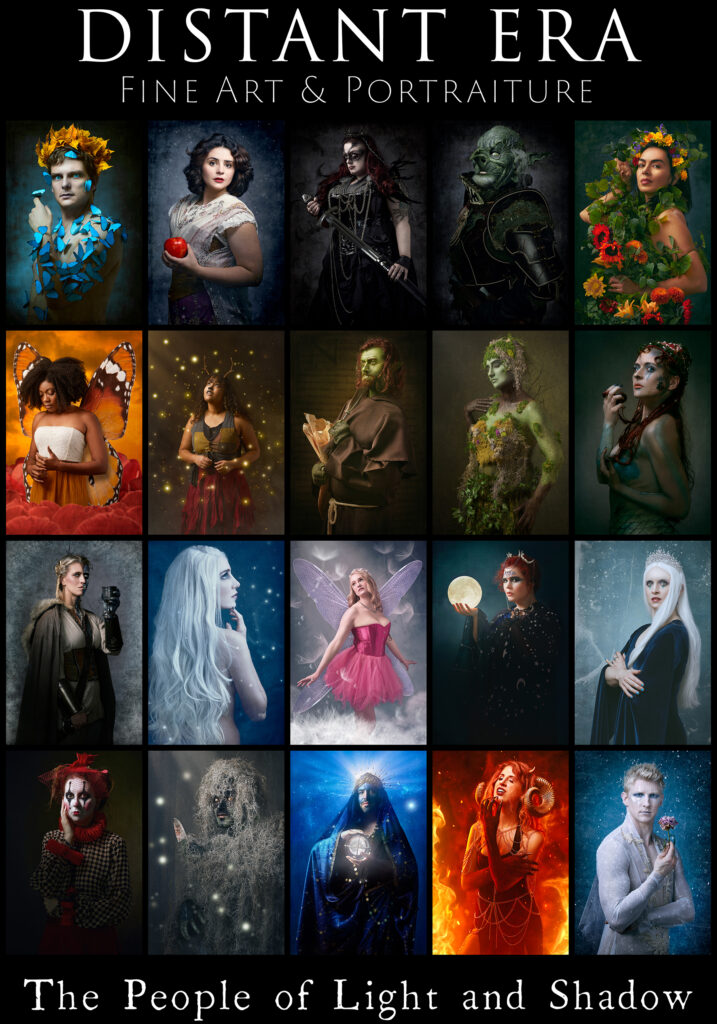

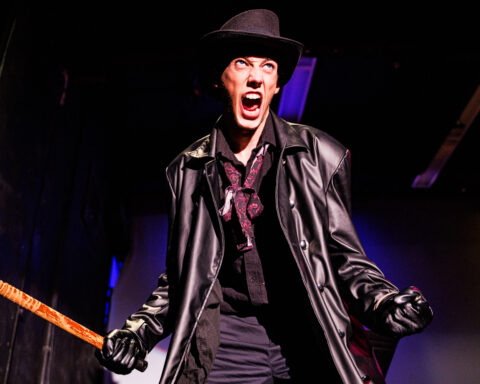

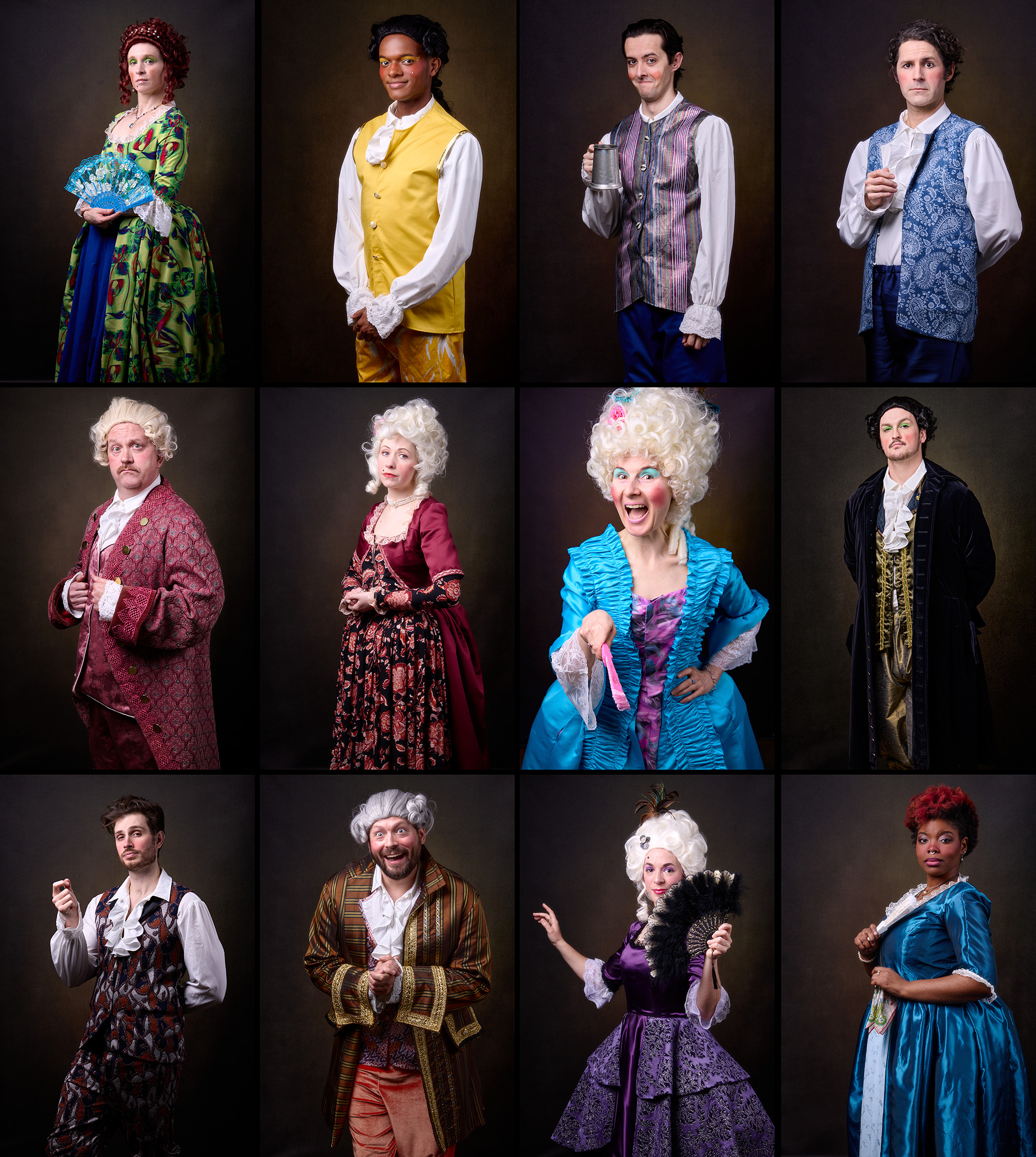
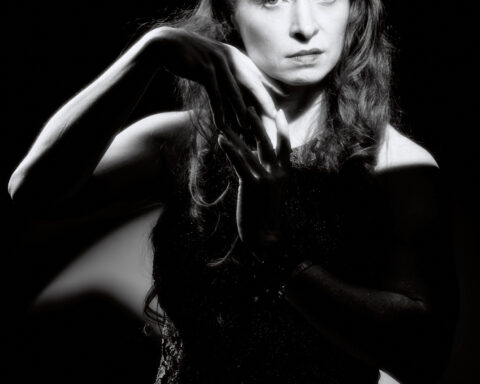
Follow Me